A Fun Drill to Develop Quick Decision-Making and Speed in Baserunning
The Base Running Reaction Drill is designed to help 8-9 year old players improve their decision-making, speed, and agility on the bases. This drill simulates real game scenarios, challenging young players to react quickly and make smart baserunning choices while having fun.
Difficulty Rating: ★★☆☆☆ (Moderate)
Time Estimate: 10-12 minutes
Setup:
- Equipment Needed:
- Four bases (set up as a traditional baseball diamond)
- Cones or markers to designate start and stop points
- Whistle or verbal signals for directing baserunners
- Stopwatch or phone timer (optional, for measuring time on certain runs)
- Player Positioning:
- Place players at home plate, ready to run the bases. Depending on the number of players, they can start in pairs or individually to keep the drill moving smoothly.
- Drill Area:
- Set up the bases on a field or open area with enough space for safe running. Designate a “finish” line at home plate or first base where the players complete each run.
How to Run the Drill:
- Set Up Scenarios:
- Create different baserunning scenarios, such as “running to first on a hit,” “going from first to third,” “scoring from second,” or “reacting to a fly ball.” Change up the scenarios frequently to keep the drill dynamic and simulate various game situations.
- Signal and Reaction:
- Use a whistle or verbal cues to signal when the runner should start. For example, yell “GO!” for a basic sprint to first, or “TAG UP!” if simulating a fly ball scenario. Vary the timing of the cues to keep players reacting quickly and adjusting to each situation.
- If players start at second base, simulate a ball hit to the outfield, and signal them to either “HOLD” or “GO” to encourage quick reactions. This teaches them to look to their coaches for direction and adjust on the fly.
- Agility Focus:
- Challenge players to make quick turns at each base while staying under control. Emphasize rounding the bases smoothly, without slowing down too much at each turn.
- You can add a relay component by splitting players into two teams, encouraging friendly competition and extra motivation.
- Repetitions:
- Run each player through several scenarios, aiming for about 10 minutes of focused practice. Rotate through different situations to give each player a chance to work on various base-running decisions.
- Variations:
- For more advanced or confident runners, add obstacles like cones between bases to simulate fielders or varying paths. This will challenge players to think about navigating around defenders while maintaining speed.
Why You Run This Drill:
The Base Running Reaction Drill builds essential skills for young players, teaching them how to make quick, confident decisions while running the bases. Baserunning is more than just speed; it requires players to read the game, listen to coaches, and adjust their running approach based on the play. By running this drill, players develop agility, reaction time, and situational awareness, all of which help them become smarter and more effective on the base paths.
Key Skills Developed:
- Decision-Making: Players learn to make quick baserunning decisions based on game cues and coaching direction.
- Speed and Agility: The drill improves players’ acceleration and ability to change directions quickly around the bases.
- Listening and Awareness: Emphasizes the importance of listening to cues and staying aware of the play, a key element in successful baserunning.
Coaching Notes & FAQs:
Coaching Tips:
- Encourage Aggressive, Controlled Running: Teach players to run hard while staying balanced and ready to react at each base.
- Focus on Head Up Running: Remind players to keep their head up and be aware of cues from the coach, which will help them learn to adjust on the fly.
- Emphasize Fun: Baserunning drills can be high-energy and enjoyable. Encourage players to race against each other or set personal bests to add an element of excitement.
Frequently Asked Questions:
- What should I do if a player is hesitant or unsure when making decisions?
- If a player hesitates or seems unsure, take a moment to explain each scenario and what they should be looking for. Practice “go” or “hold” signals a few times in a row to build confidence in reacting quickly.
- How do I adapt this drill for players with different running abilities?
- Adjust the difficulty by changing the timing of the cues or the complexity of the scenarios. For faster players, you can increase the pace of the cues. For newer or slower runners, focus on one base at a time and give clear, simplified cues to build confidence.
- Can I make this drill into a game?
- Yes! Split the group into teams for a relay-style competition, where each player runs the bases and tags the next teammate. This adds excitement and encourages players to push their limits while practicing baserunning skills.
- How often should this drill be incorporated into practice?
- You can run this drill once or twice a week to help players maintain and develop their baserunning skills. It’s especially helpful before games to build situational awareness and confidence on the base paths.
The Base Running Reaction Drill is a valuable tool for young players, combining essential baserunning skills with the fun and excitement of reacting to game-like situations. With consistent practice, this drill will help players improve their speed, agility, and overall baserunning instincts.
